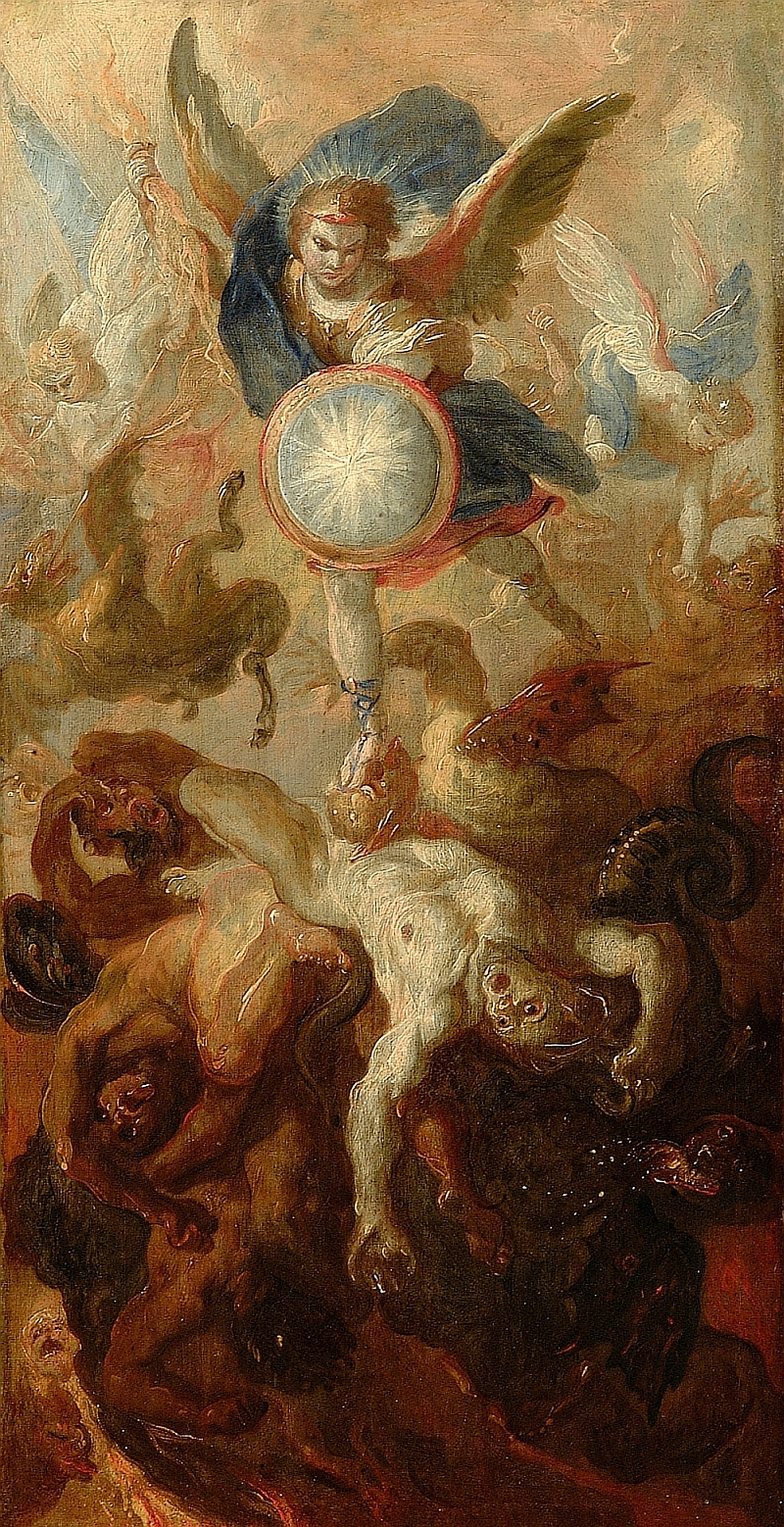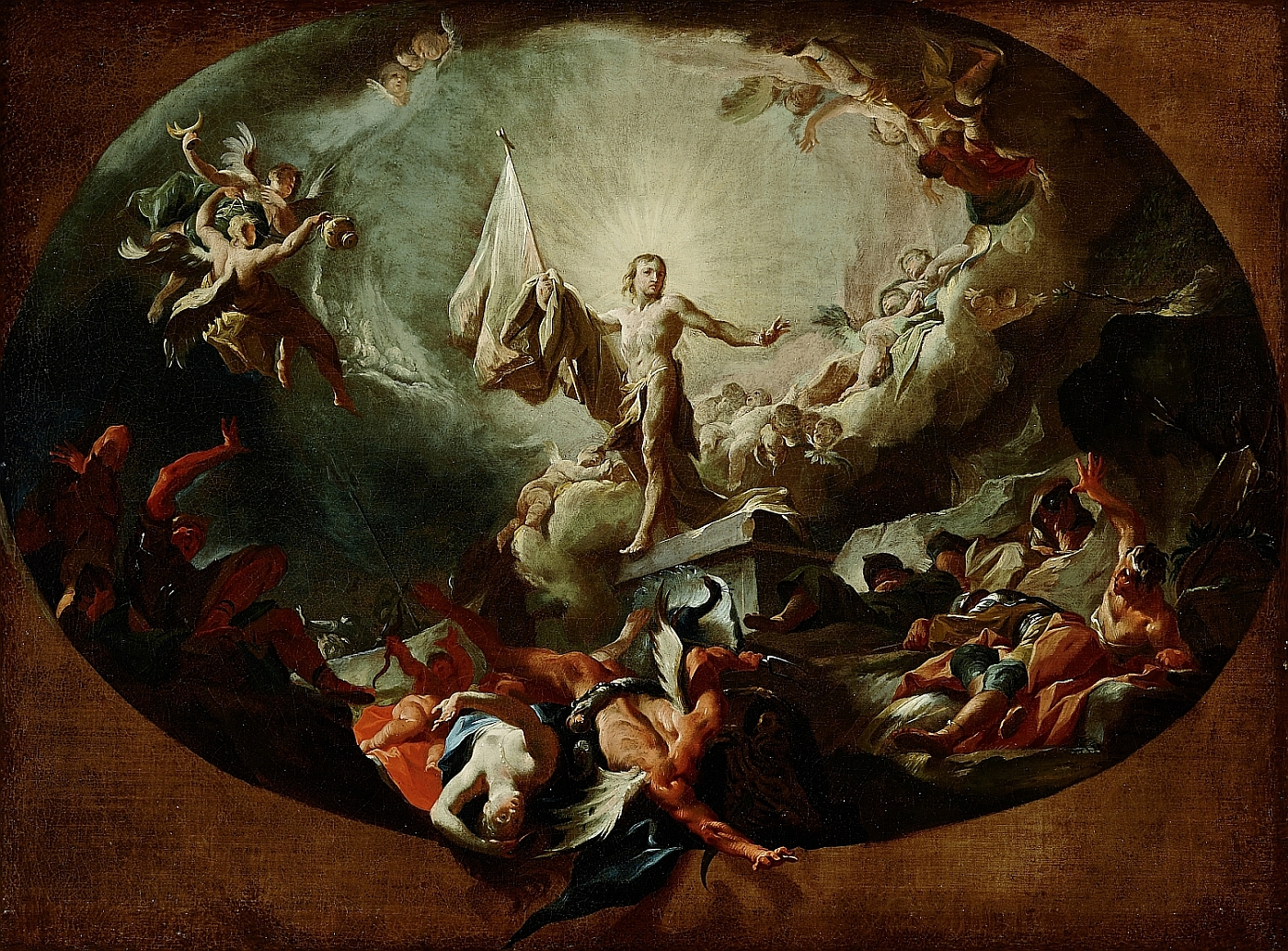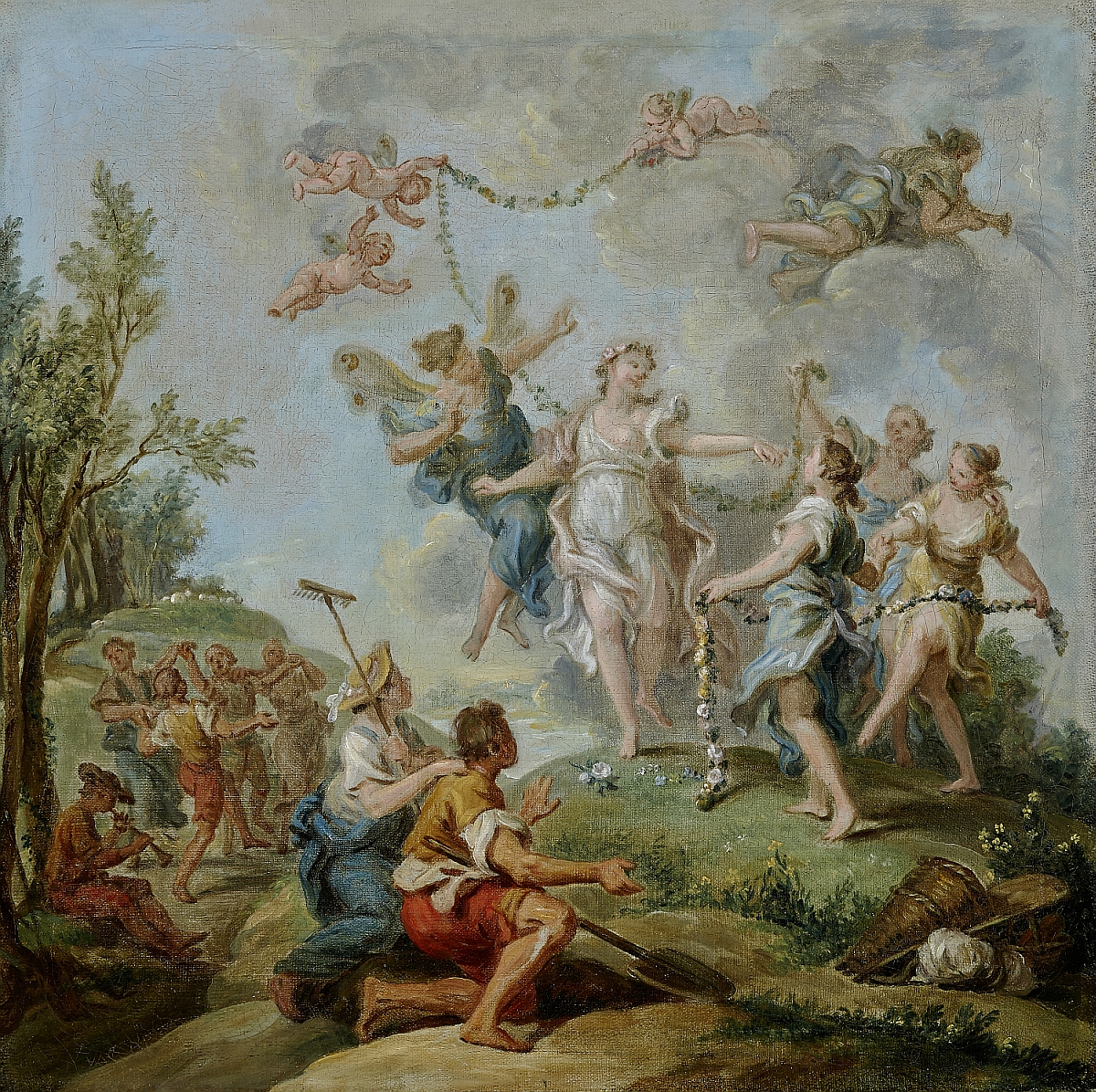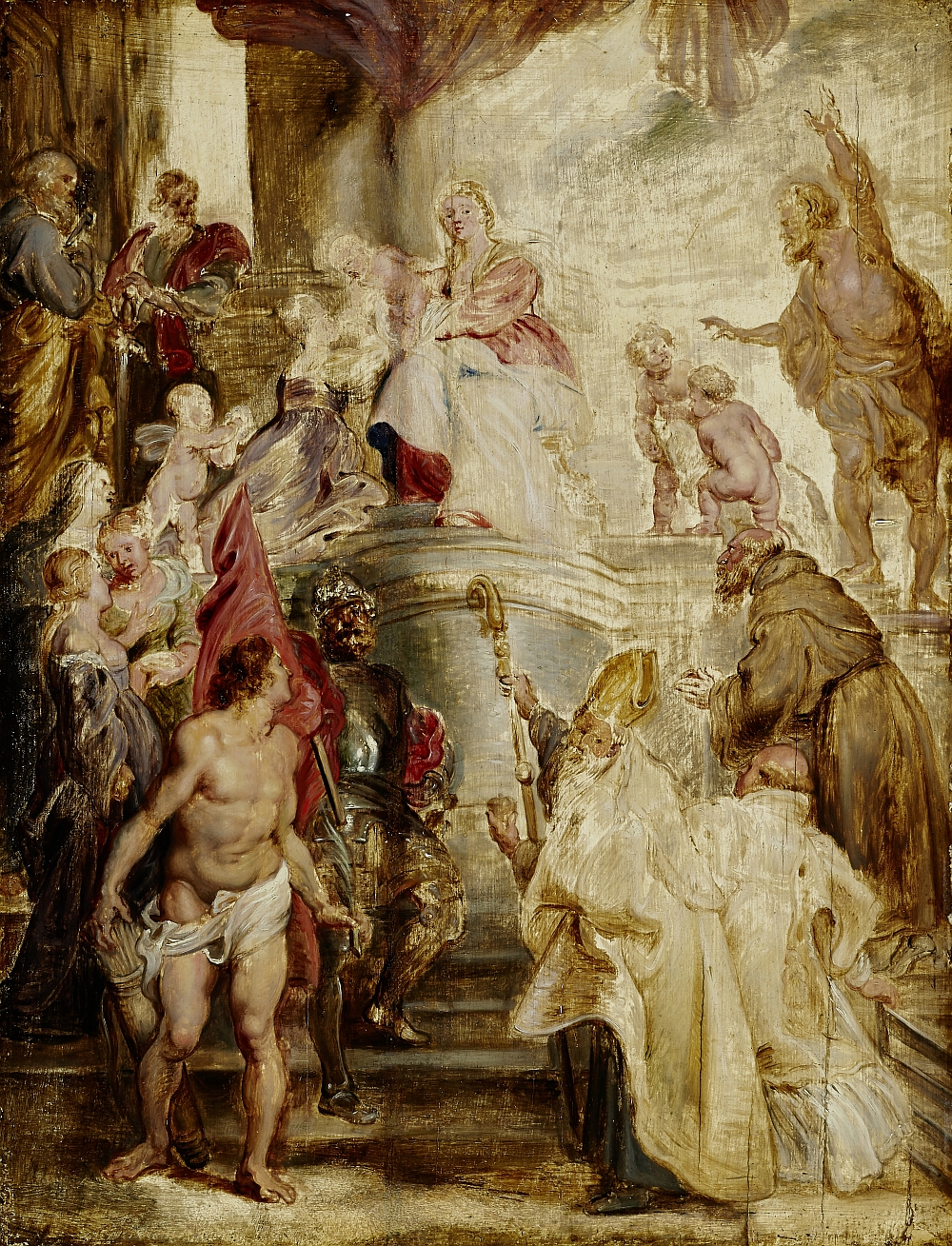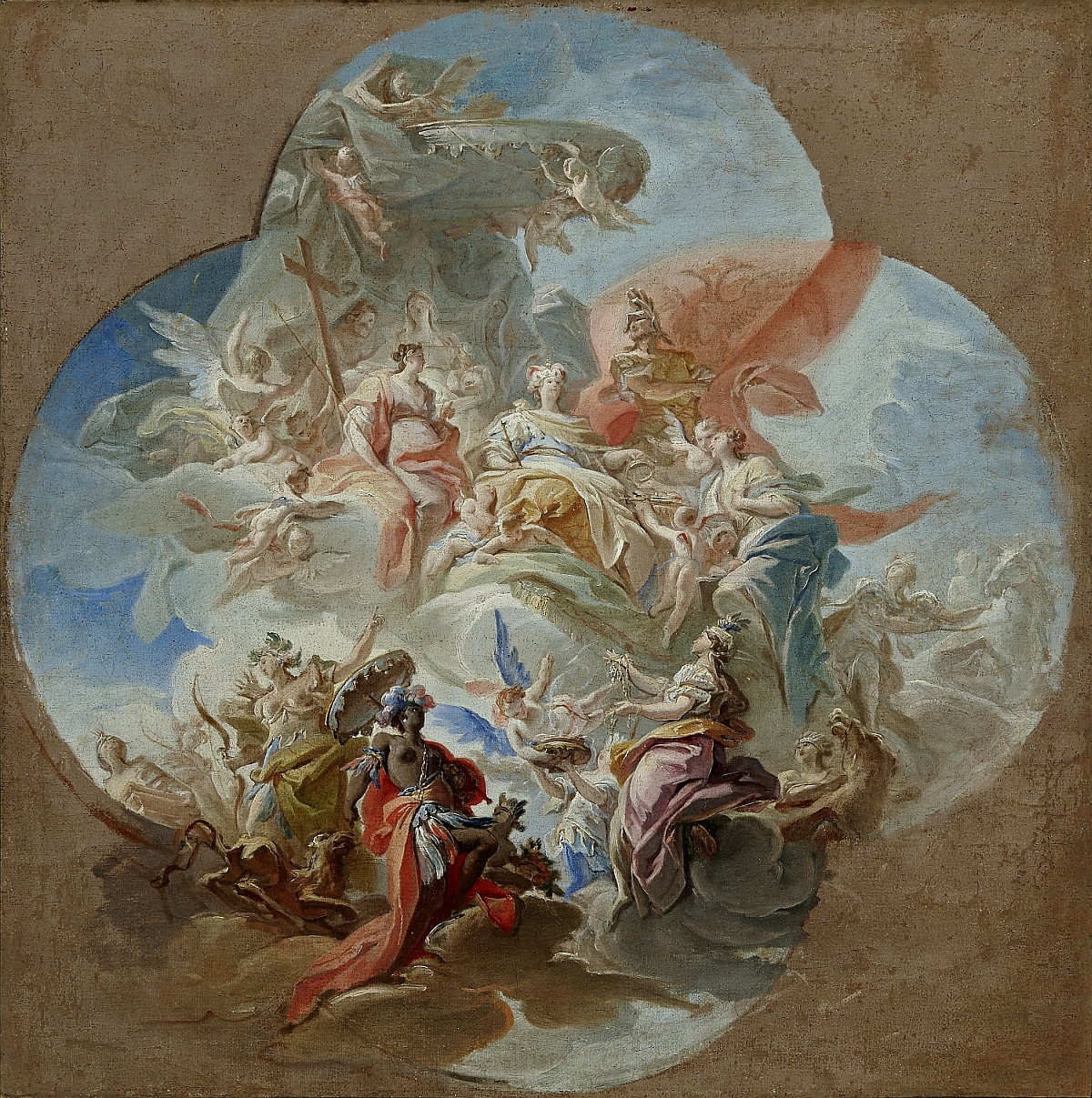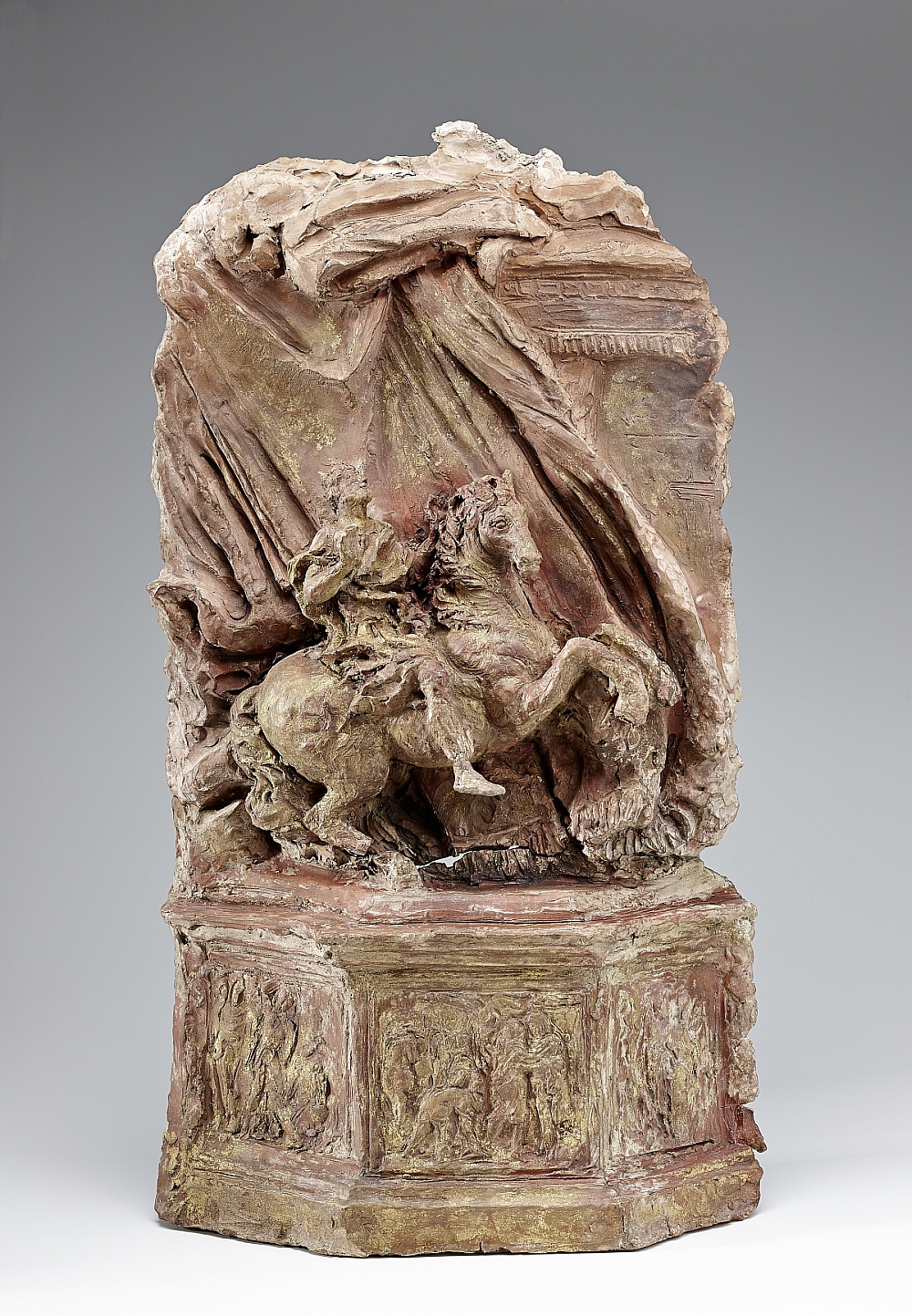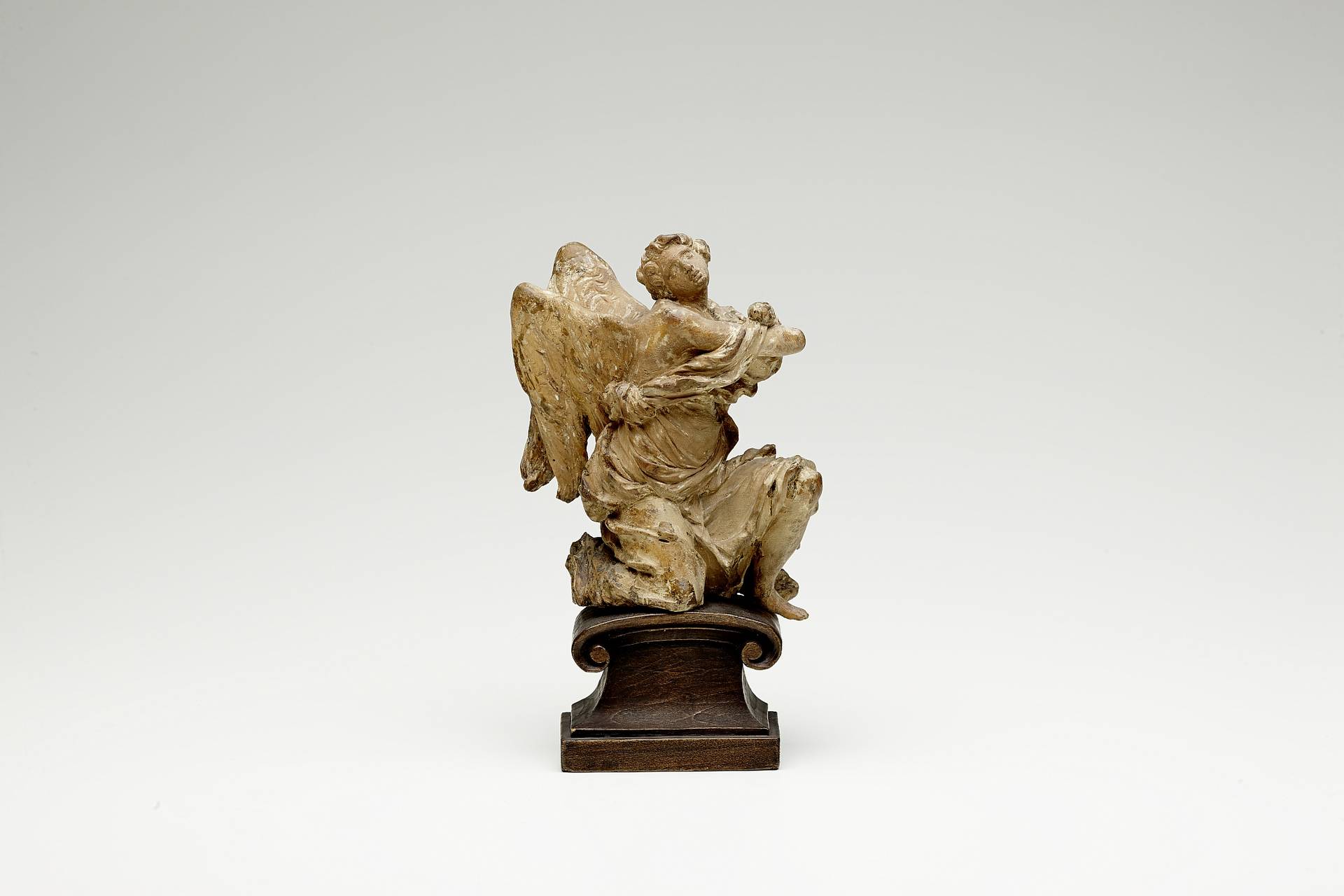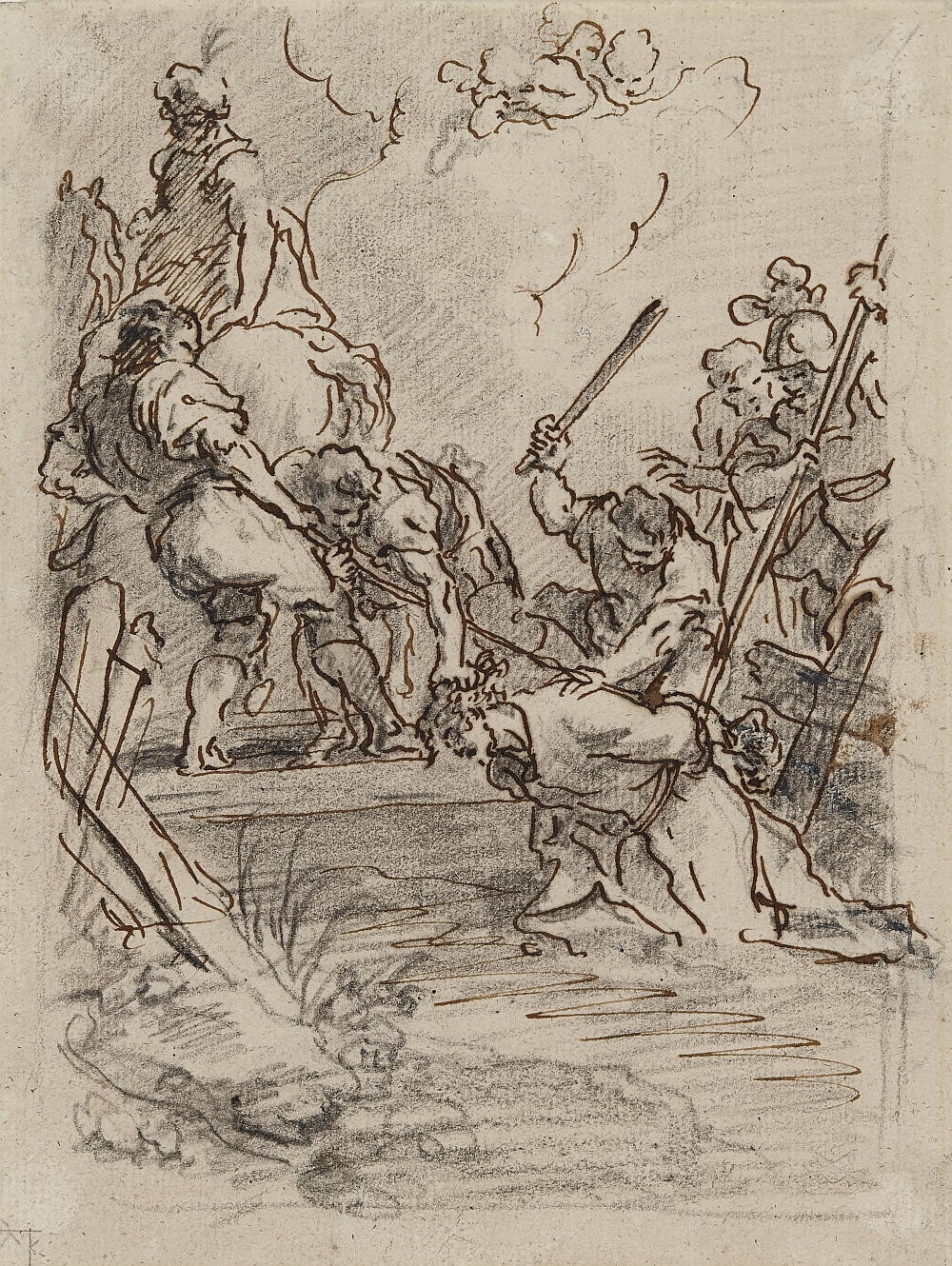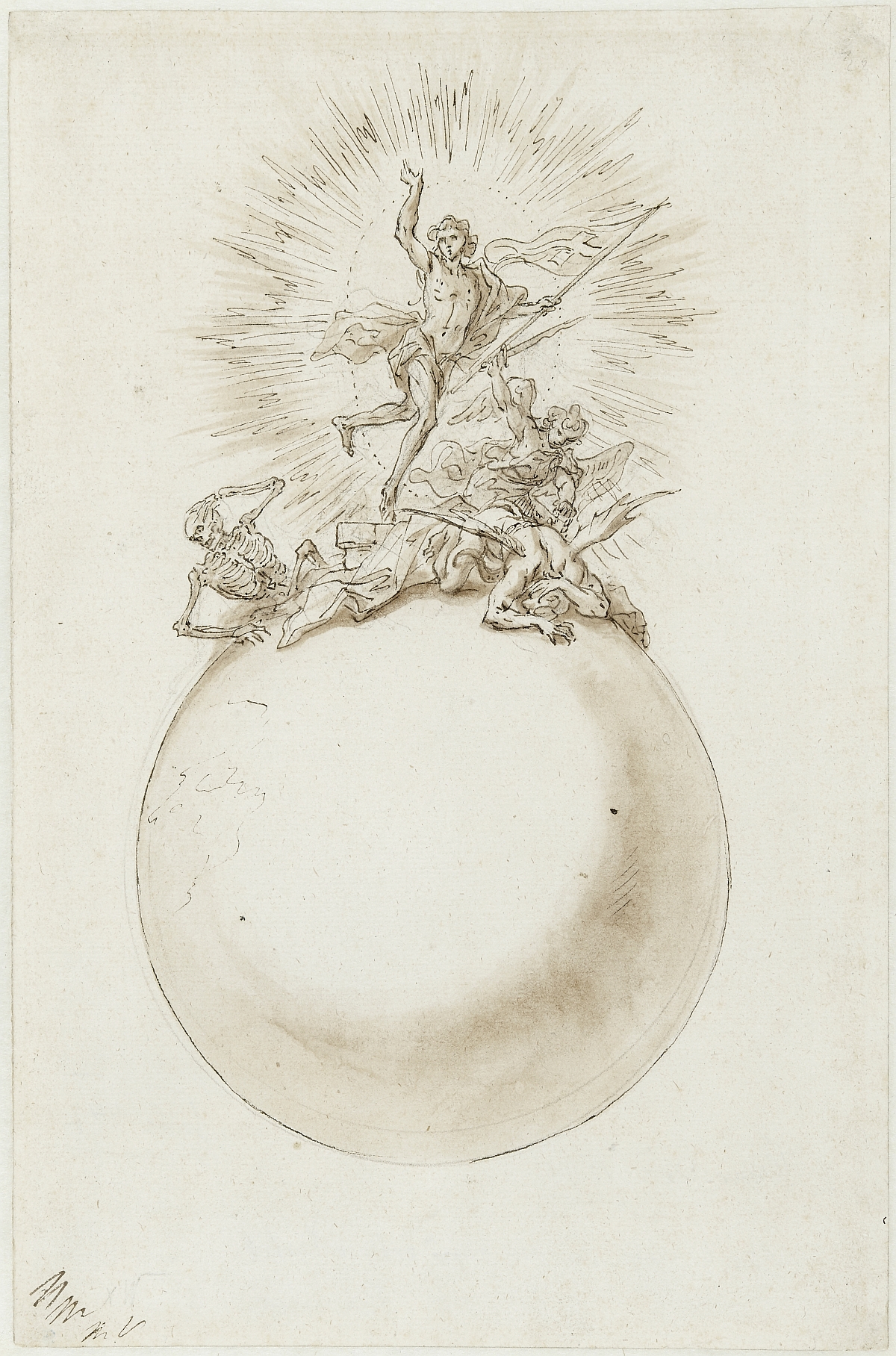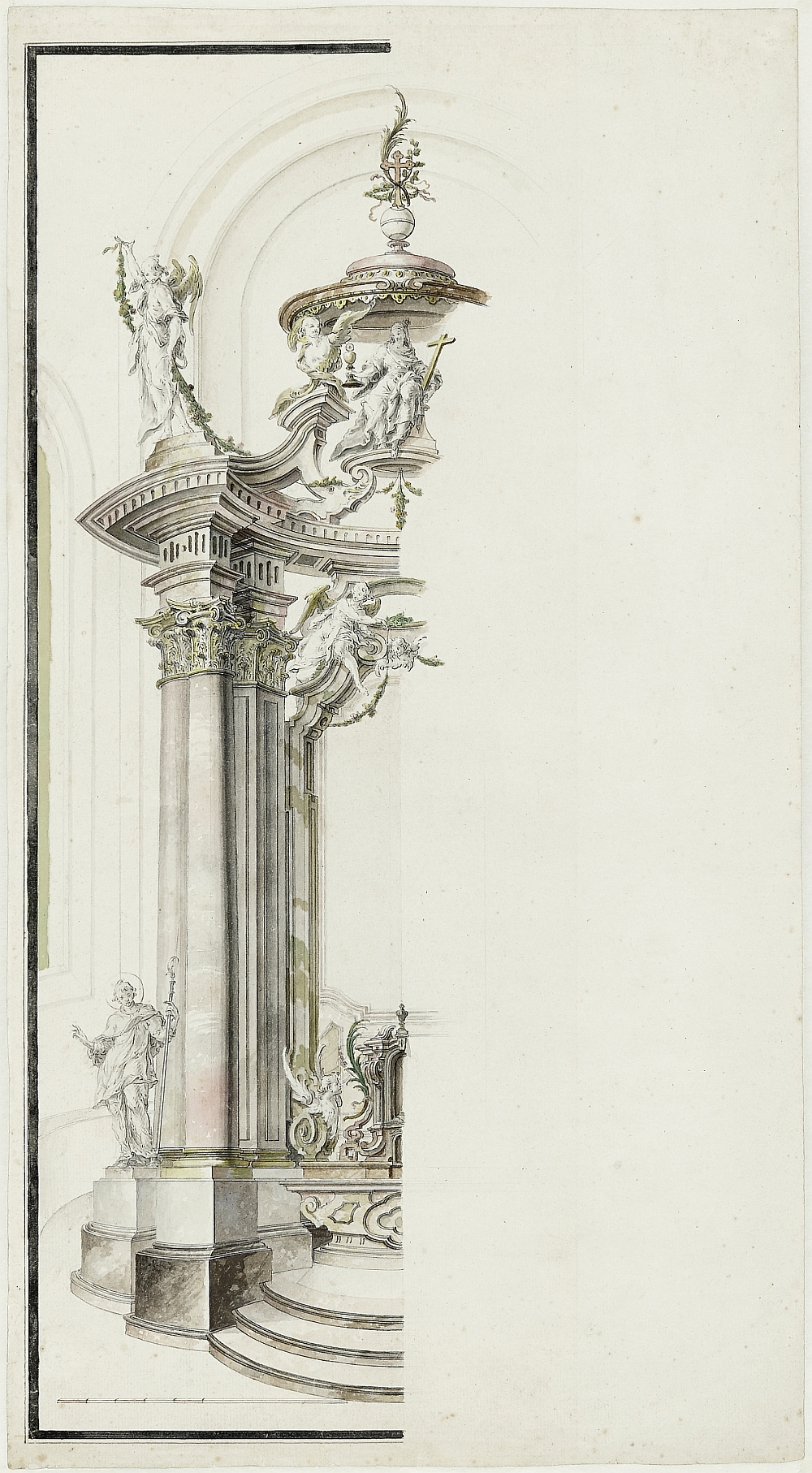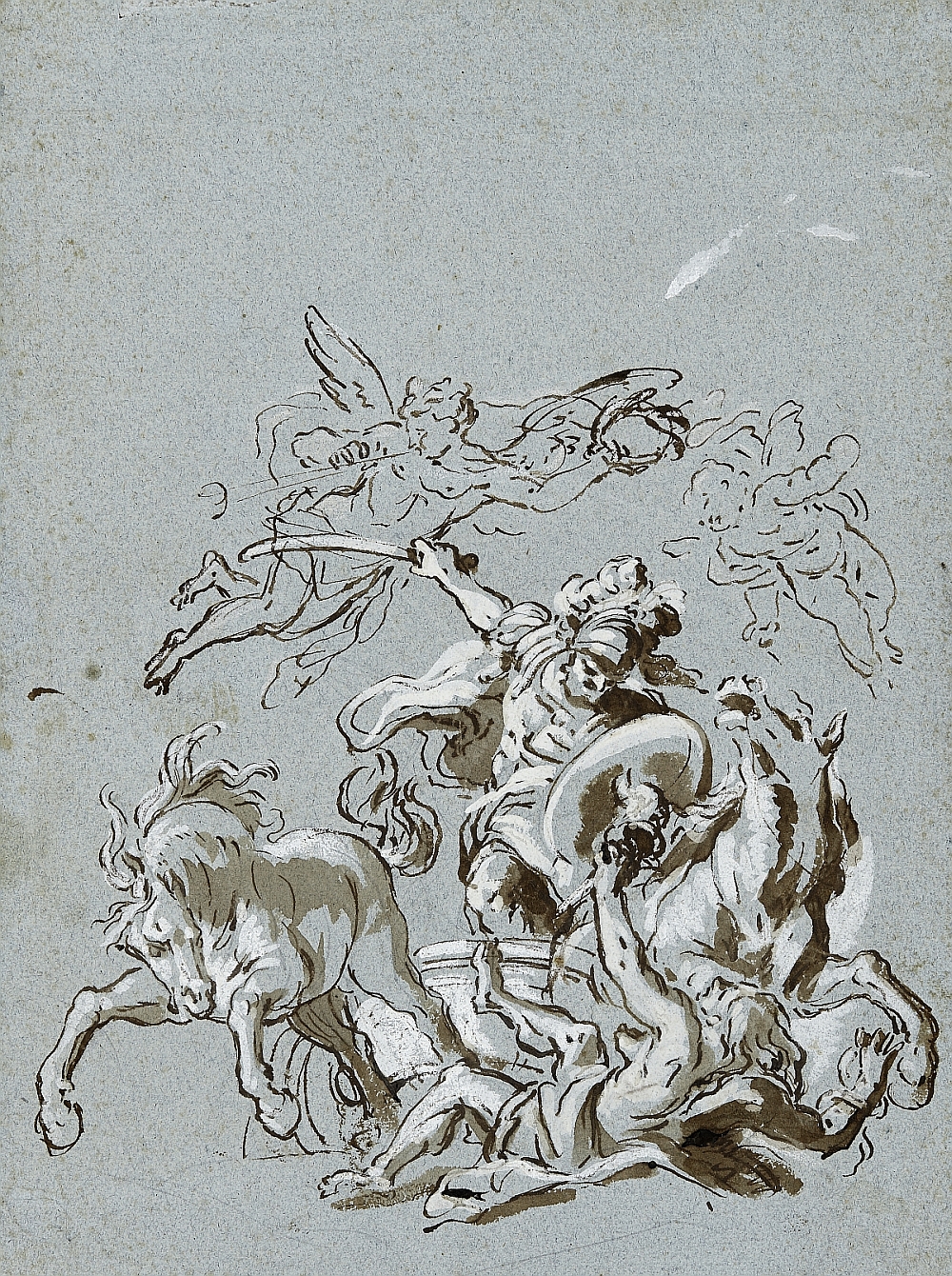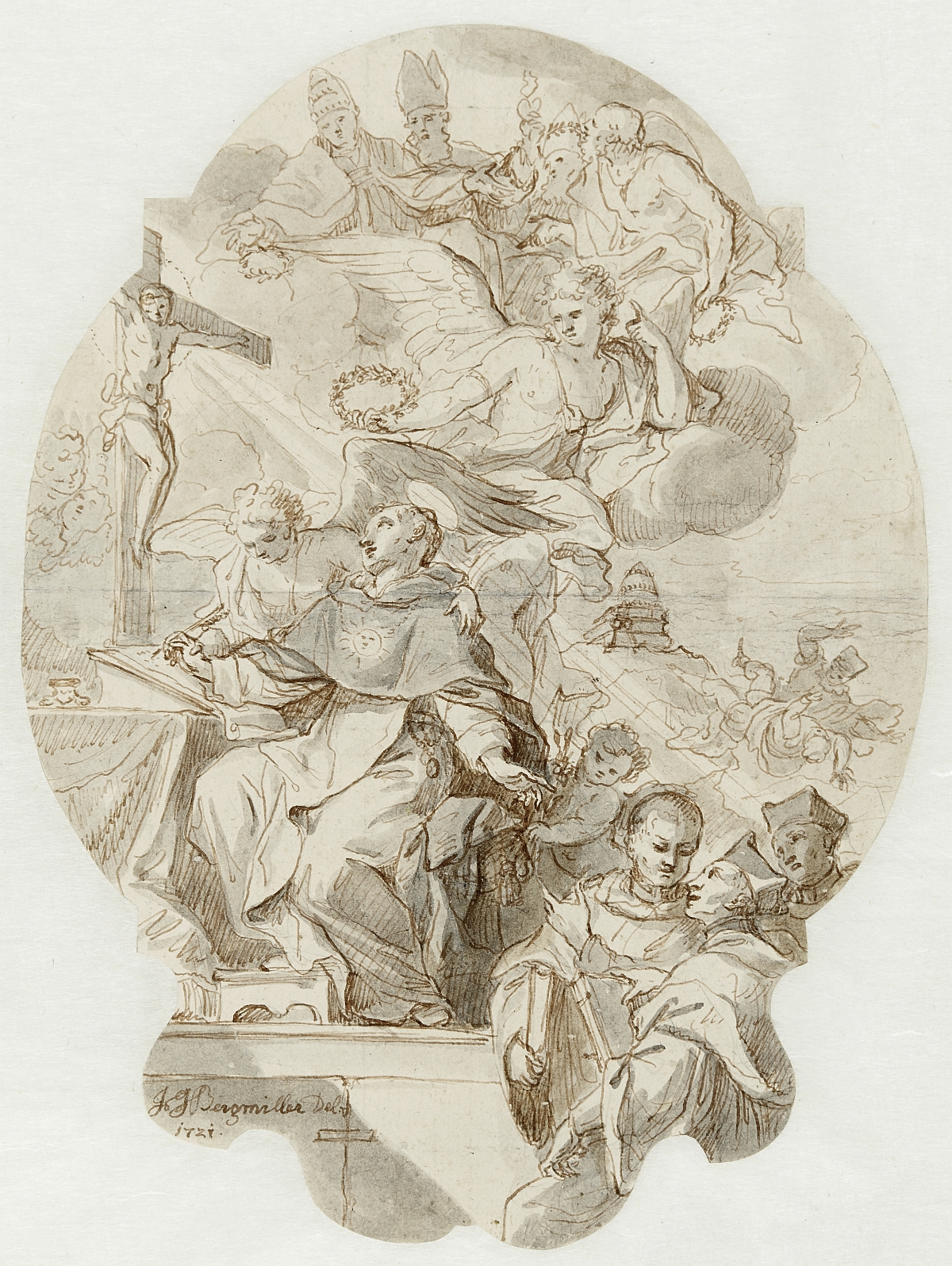STUDIENGEBÄUDE ALPENSTRASSE
Alpenstraße 75
5020 Salzburg
E Mag. Peter Husty
T +43-662-62 08 08-702
F +43-662-62 08 08-720
THE ROSSACHER COLLECTION
History
The Rossacher Collection is devoted to the Baroque art of preparatory design and was compiled between the 1950s and the 1970s. At first, Kurt Rossacher (1918–1988, scholar in German studies, art historian and art dealer) and his wife Else (1919–1995) collected without any plan. Enjoyment was their only motive from the start. In 1970, Kurt Rossacher transferred the collection to the City and Land of Salzburg on the condition of establishing an autonomous museum for it. The opening of the Salzburg Baroque Museum in the former orangery of the Mirabell Gardens took place on 23 July 1973. In 2012, the Rossacher Collection was integrated into the Salzburg Museum; the outside branch was closed on 2 September 2012.
Collection range
Designs can take the form of oil sketches and hand drawings, also sculptor’s models (“bozzetti”) in clay or wood. They act as the creative initial spark firing new works of art or commissions and are almost always small in format. To understand their essence better certain concepts can help, such as “The Birth of a Work of Art” or “Prima Idea” – the initial idea, the initial image (for an artwork). Many a design was a kind of “job application”, created to convince a possible patron. From the artistic point of view they involve swift sketches, to wit, “thrown-down” thoughts (German for “design” is “entwerfen”, to “throw away”.) This spontaneous, impulsive and simultaneously expressive element makes a very "modern" impression, even after 300 years.
Inventory Overview
The collection consists of 139 oil sketches, 164 hand drawings, 42 sculptor’s bozzetti and 9 artefacts from the seventeenth and eighteenth centuries. Most of the objects are allotted to the Italian art scene. The collection contains works by Peter Paul Rubens, Luca Giordano, Paul Troger, Johann Michael Rottmayr, Martino Altomonte, Carlo Innocenzo Carlone and Michael Zürn the Younger. Since the collection focus is on the artistic sketch or design, only few graphic works are found in this collection. Pre-eminent exceptions are The Princely Master Builder by Paul Decker and the treatise “Perspectiva pictorum et architectorum” by Andrea Pozzo.
New acquisitions
The Rossacher Collection was in part bequeathed, in part purchased by the City and Land of Salzburg as a life annuity. Several artworks were purchased with the museum’s own funds. 2015 saw the purchase of the last work of art.
Transparency and function
Every year and a half, the Salzburg Museum puts on thematic exhibitions with the Rossacher Collection in the North Oratory of the Salzburg Cathedral, part of the DomQuartier in Salzburg. Moreover, the museum is pleased to loan individual objects to special exhibitions.
Publishing the latest research results and increasing overall visibility of the collection are one focus of the scientific journal BAROCKBERICHTE. Informationsblätter zur bildenden Kunst des 17. und 18. Jahrhunderts (founded by Franz Wagner).




